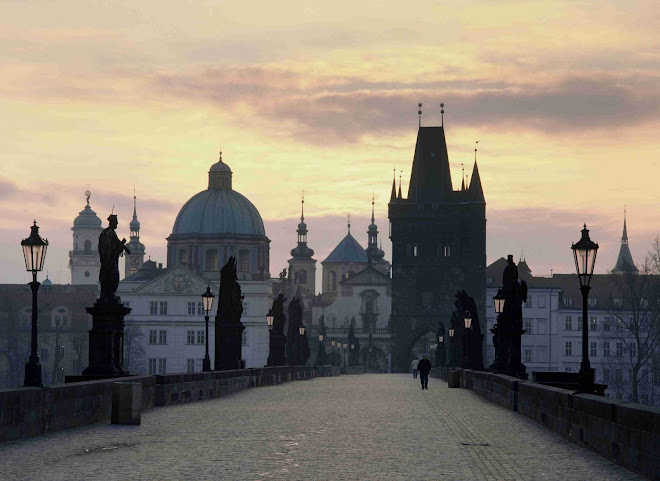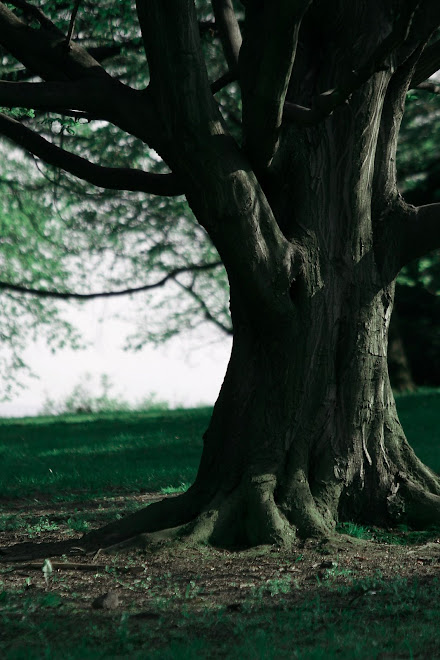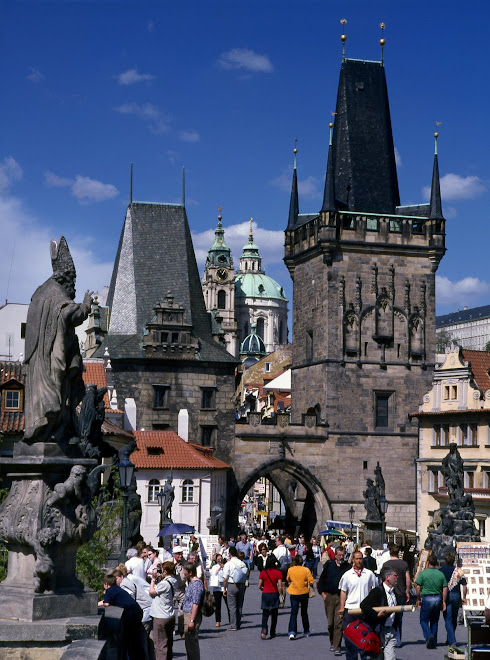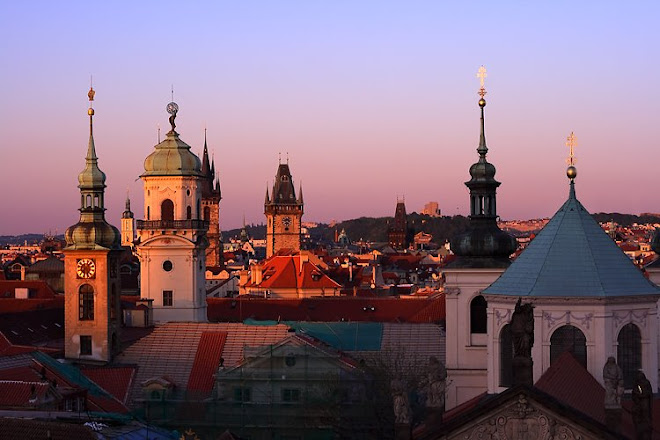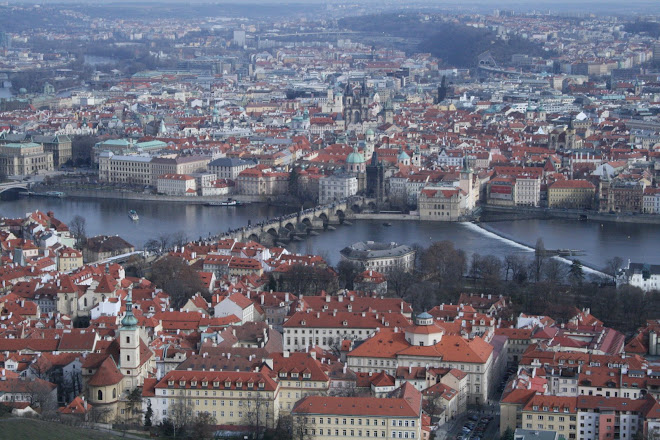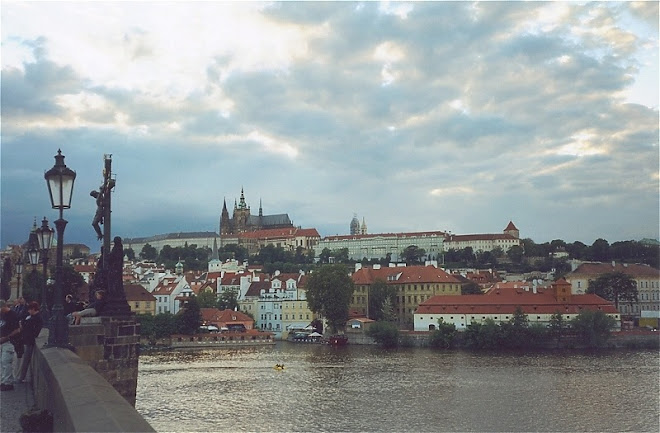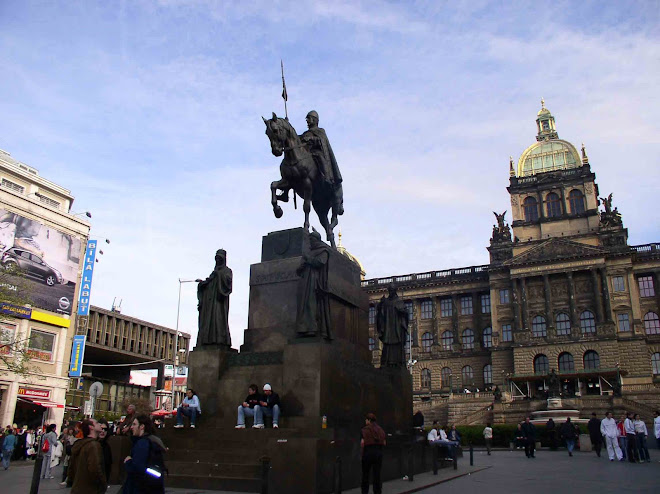Prague is a city of unusual beauty. It is a natural amphitheatre through which the Vltava River flows, filled with a thousand years' worth of manmade structures with aspirations greater than simply satisfying basic human needs. Its prime, yet sensitive, location in the heart of Europe is at the confluence of trade routes, political interests, and cultural influences. While this has never assured the city of a peaceful history, it has certainly guaranteed it an eventful one.
Prague's history is one written by fire and sword, as well as by pen, paintbrush, chisel, carpenter's axe, and stonemason's trowel. As a reference point in the classification of cityscapes, Prague is often likened to Rome. In the sense that both cities are ageless, this is a suitable comparison.
In the Middle Ages, Hussite heresy originated in Prague. For some time, this unbalanced the world and its apprehensions, the benevolence of the Madonna, as well as Charles IV's daring plans to make Prague the focal point of centralised European long-distance trade via converging roads and river routes, connecting the Danube with the Vltava. He was also determined to make the city the heart of Europe's spiritual and intellectual life.
Rudolph II returned the lustre of the imperial seat to Prague by making the city Europe's centre of arts and science. The Thirty Years War started here and brought with it the Czech offshoot of the dynamic Baroque style. Post-White Mountain emigration brought musical Classicism to Europe. Wolfgang Amadeus Mozart found good working conditions and his public in Prague: in 1787 the world premiere of his opera Don Giovanni took place in Prague's Estates Theatre (Stavovske divadlo).
Since its beginnings Prague has been a city of many nationalities and cultures. The fruitful co-existence of Czechs, Germans and Jews was boosted by the onset of the Renaissance through a community of Italian artists and craftsmen. In the first half of the 20th century Prague also became an important emigration centre for Russians, Ukrainians and Belarussians.
The Golem, created by Jehuda L�w ben Bezalel in Rudolph's Prague, met up with the robot that Czech writer and playwright Karel Capek brought to life in his 1920 play RUR. Two important influences on 20th century literature were born in Prague: Franz Kafka's Josef K. and Jaroslav Hasek's Josef Svejk. In Prague's caf�s and pubs, it was plausible for the two writers to meet each other as well as Thomas Alva Edison, Albert Einstein, Le Corbusier and Vladimir Ilyich Lenin.
At the same time, this was an era during which Prague's unique Cubist architecture came into being. Soon after that, Josip Plecnik and Adolf Loos started to build in Prague and Alfons Mucha gave the city his monumental Slavonic Epic (Slovanska epopej).
Prague is indeed a city that beyond compare. In which of the world's capitals can you find wood cabins in close proximity of the royal castle, an ancient stone wall a few steps from a tram stop, a cave inhabited by prehistoric man, three ancient sea beds, a living museum of architectural styles, a stadium that had a capacity of 130 000 in as early as 1926, and a brewery that has been producing beer since 1499?
úterý 12. srpna 2008
Přihlásit se k odběru:
Příspěvky (Atom)
